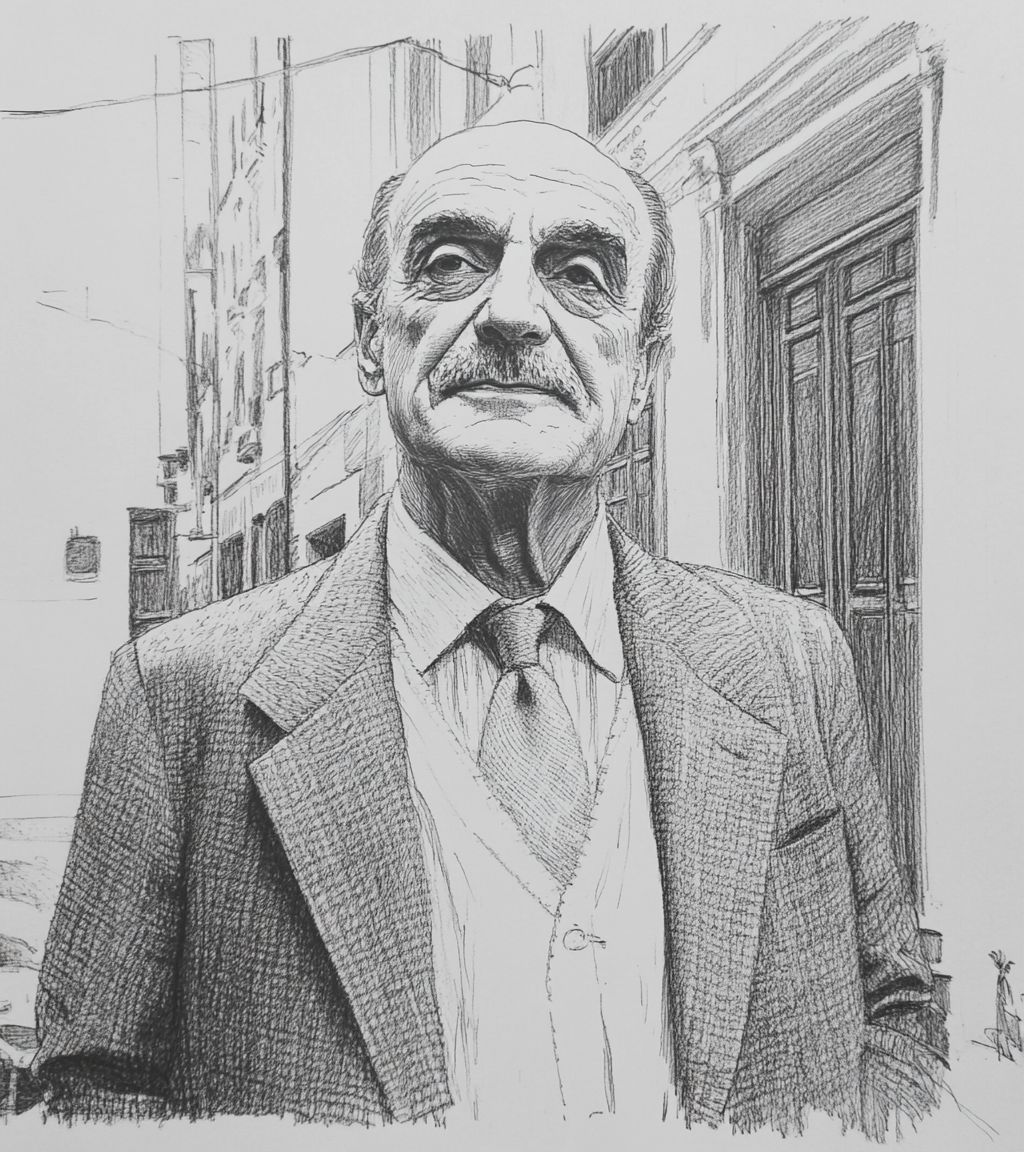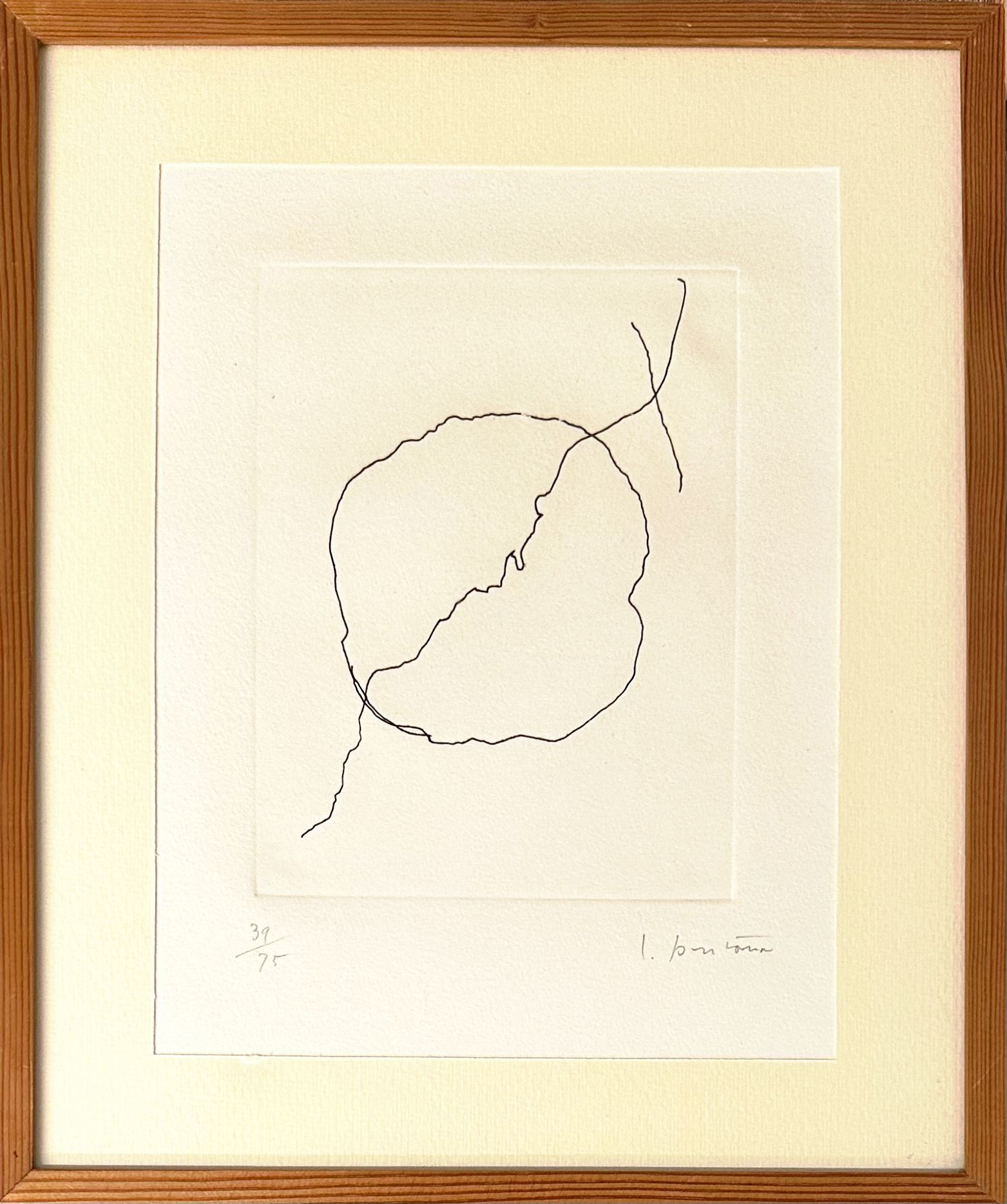
Lucio Fontana
Lucio Fontana spent much of his early life between Italy and Argentina, initially working as a sculptor in his father’s studio. In the 1920s, Fontana returned to Milan to study at the Accademia di Brera, where he became involved in the Italian avant-garde. Fontana founded the Spatialist movement (Movimento Spaziale) in Milan, which sought to merge art, space, time, and technology.
Fontana is best known for his radical approach to painting, particularly his iconic “Concetto Spaziale” (Spatial Concept) series, in which he slashed or punctured the canvas. These works challenged the traditional notion of the flat pictorial surface, introducing real space into painting. His interest in space and dimension was heavily influenced by developments in science, atomic theory, and technology in the postwar period. Fontana’s slashes (tagli) and holes (buchi) became a symbolic gesture — cutting through the illusion of art and opening it to new conceptual possibilities.
Notable works include Concetto Spaziale, Attese (series, 1958–1968), Concetto Spaziale, La Fine di Dio (1963–64), and numerous ceramic and neon installations. Fontana’s works have been exhibited in major institutions worldwide, including the Museum of Modern Art (New York), Tate Modern (London), and Centre Pompidou (Paris). He represented Italy at the Venice Biennale multiple times. Major retrospectives have been held at the Guggenheim Museum (New York), Fondazione Prada (Milan), and Musée d’Art Moderne de la Ville de Paris, affirming his status as a pioneer of spatial and conceptual art.

